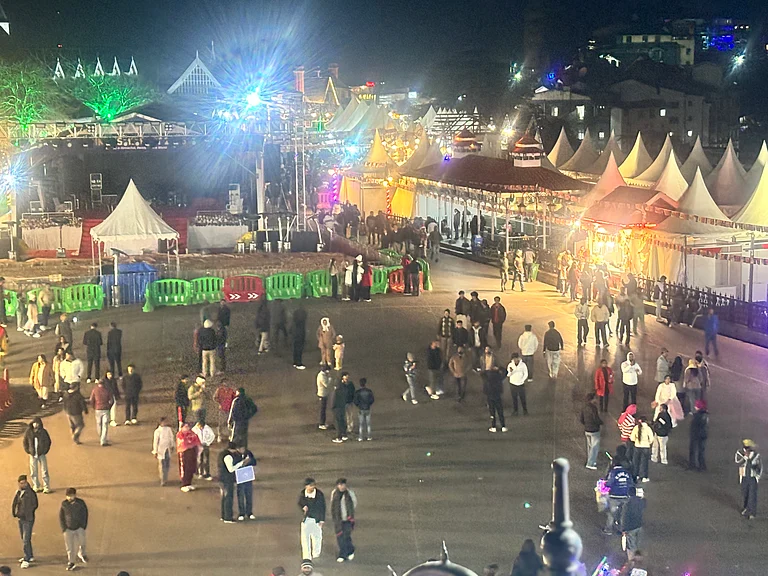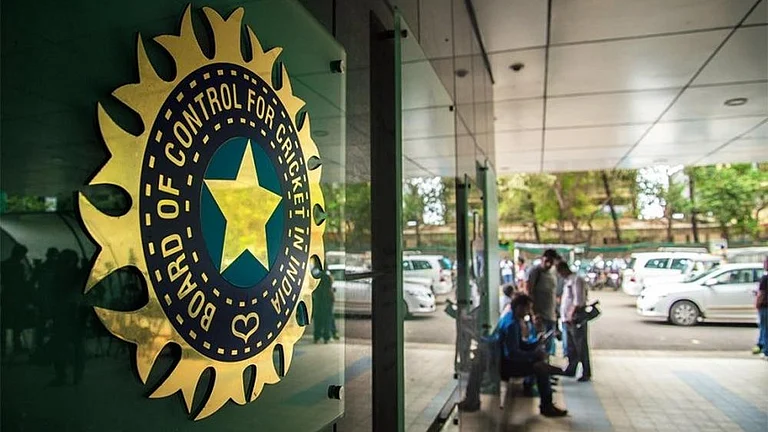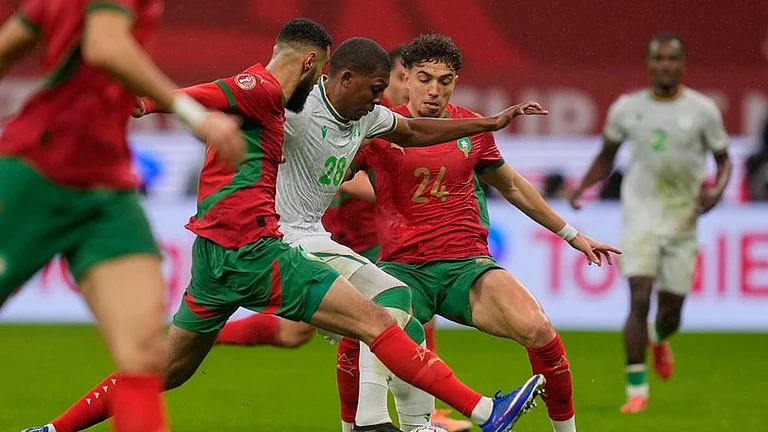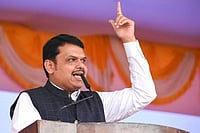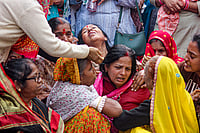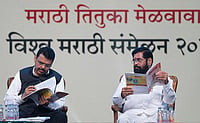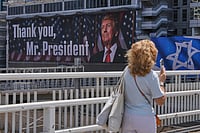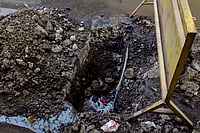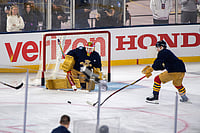Land Defence
Sand Rampants : Will force tanks to expose vulnerable underside as they go over them
Barbed Wires : Will impede the escape of any tank crew forced to abandon their vehicle
Fences : Some electrified, erected on the approaches to the city. It will slow down infantry movement.
Tanks : Iraqi tanks and artillery dug into raised positions with fortified revetments
Minefields : The area around Baghdad is carpeted with anti-tank and anti-personnel mines
Smokescreen: Trenches filled with oil. When ignited, it will interfere with aircraft targeting Iraqi positions -- especially the USAF A-10 'Tankbuster' which needs a clear line of sight.
Fighting In The City
Hidden Army : Tanks are vulnerable on city streets. They can be blocked by rubble and attacked by troops where their armour is the weakest.
Snipers : Every window, every pile of rubble can hide a sniper armed not just with small arms, but possibly with rocket-propelled grenade launchers
Rooftops : Rooftops of higher buildings and mosques are dangerous for helicopters trying to paradrop troops. Snipers can make them east target.
Sewers : Iraqi army can booby-trap building and dead bodies, use the civilian population as cover, then disappear underground to regroup
Iraqi Defence
Iraq is facing some 2,50,000 soldiers armed with the most sophisticated weaponry in the history of war
Army : 3,75,000 including 80,000 Republican Guards and 25,000 Special Republican Guards in Baghdad. Plus 6,50,000 reserves.
Tanks : 2,000-2,500, of which 1,800 are combat-capable. Most are Soviet T-72s. Some are from East European countries, India.
Artillery : 2,250, including towed, self-propelled and MLRs
Aircraft : 200-300, but only half of them are operational. Most Iraqi air-strips are damaged.
Missiles : About 100, most are Scuds or their variants.








